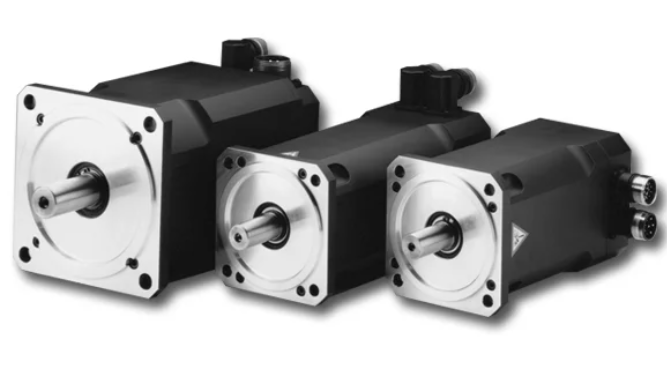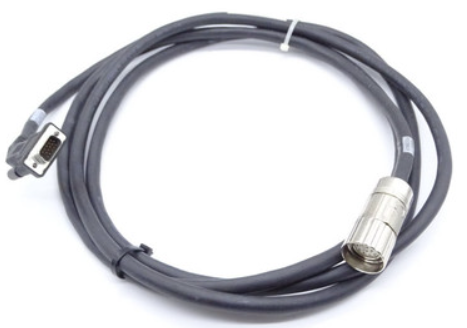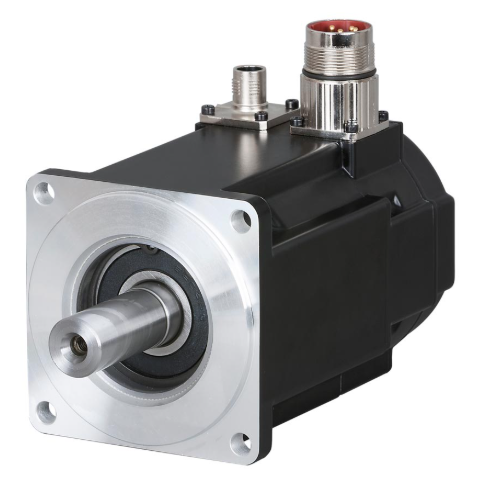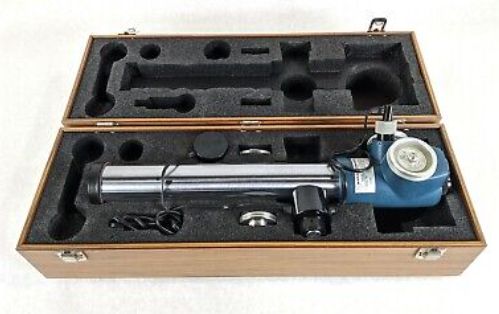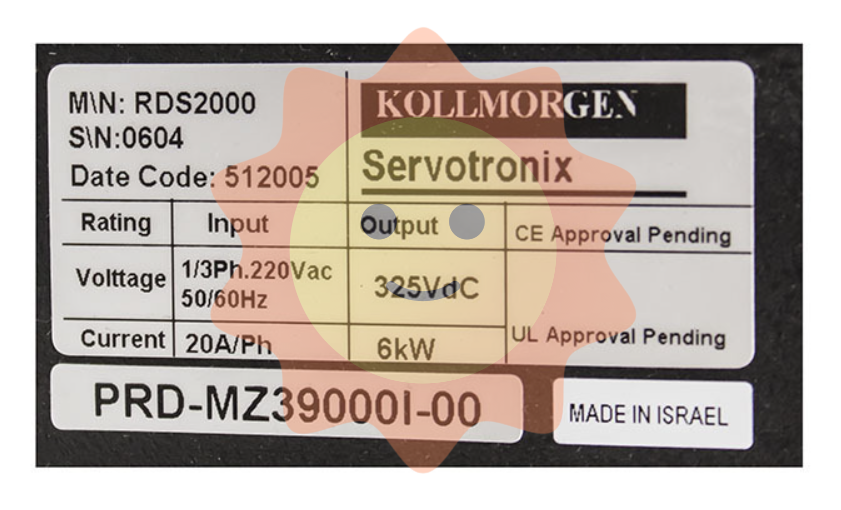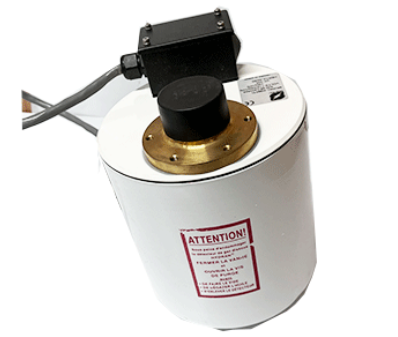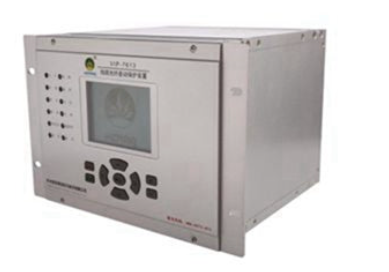The steel industry accelerated the pace of upgrading
The iron and steel industry is an important basic industry of the national economy, an important support for building a modern power, and an important field for achieving green and low-carbon development.
As a global steel production and consumption center, China's crude steel output has ranked first in the world for 26 consecutive years. Since the 18th National Congress of the Communist Party of China, the steel industry has actively adapted to the new situation and new changes, solidly promoted supply-side structural reform, accelerated industrial transformation and upgrading, better met the needs of national economic development, and the industry has broader prospects for high-quality development.
Power the supply side
Hundred steel, can also become soft around the fingers.
In the production workshop of Shanxi Taigang Stainless Steel Precision Strip Co., LTD., the 3-ton stainless steel plate is softened by annealing and multi-pass rolling, the thickness is reduced from 0.8 mm to 0.015 mm, and it becomes a thin "hand-torn steel", which has become an indispensable basic material in high-end and cutting-edge manufacturing fields.
The price of 1 ton of conventional sheet steel is 20,000 yuan, while the price of 0.015 mm thickness stainless steel produced by Taigang Fine Belt company is as high as 1.5 million yuan/ton. "Low-end products are saturated, and there is no way out of a price war. Only the courage to innovate, research and development of high-grade stainless steel products, occupy the commanding heights of the market, in order to highlight the siege!" The head of the company said.
In order to seize the high-end, the R&D team of Tailang precision belt lasted more than two years to research and develop, has overcome 175 equipment problems, 452 process problems, experienced more than 700 tests, and achieved mass production of "hand-torn steel" with a thickness of only 0.02 mm in 2018. Since then, it has achieved a breakthrough of only 0.015 mm in thickness.

Products and technology are the foundation of an enterprise's existence. In the past 10 years, the steel industry's material research and development capacity has been significantly enhanced, and the proportion of high-end product production and application has been significantly increased. The independent research and development of a large number of high-quality key products has strongly supported the steel materials used in high-end equipment manufacturing. The axle and bogie materials of high-speed EMus with a speed of 350 kilometers per hour have successfully completed the operation assessment. The research and development and production of high-strength thermoformed automotive panels and high-performance silicon steel for new energy vehicle motors have taken an international leading position.
China's economy has shifted from a stage of rapid growth to a stage of high-quality development. Under the guidance of policies and forced by the market, the steel industry is pushing forward supply-side structural reform, using addition and subtraction, strengthening innovative supply and effective supply, eliminating ineffective supply, and resolutely eliminating backwardness.
After efforts, China completed the target of 150 million tons of steel production capacity in the "13th Five-Year Plan" period in 2018 ahead of schedule, banned 140 million tons of "strip steel", and a large number of long-term low-end backward production capacity was cleared.
Zhang Haideng, deputy director of the raw material Industry Department of the Ministry of Industry and Information Technology, said that through the continuous development of steel capacity reduction and transformation, the development resilience of the steel industry has been significantly enhanced, the capacity utilization rate has basically returned to a reasonable range, the industrial structure is more reasonable, and the industrial concentration has been significantly improved. In 2021, China's key large and medium-sized steel enterprises achieved profits of more than 350 billion yuan, reaching the best level in history. The domestic steel market share exceeded 99%, 22 categories of steel products, 19 categories of steel products self-sufficiency rate reached 100%, the supply capacity significantly increased.
Accelerate green development
In the context of the implementation of the "double carbon" goal, how does the steel industry, as a major carbon emitter in the manufacturing industry, turn the challenge into an opportunity?
"Hydrogen energy utilization is the best way to achieve low carbon or even zero carbon emissions in the steel industry, especially the innovation and application of hydrogen metallurgy technology, will bring revolutionary changes in traditional iron and steel metallurgy technology, so that steel production can get rid of the absolute dependence on fossil energy, and solve the problem of carbon emissions from the source." He Steel Group chairman Yu Yong said.
Upgrading from "carbon metallurgy" to "hydrogen metallurgy" is a major change in iron and steel metallurgy process. On November 22, 2019, Hesteel Group and Italy Tenion Group signed a memorandum of understanding to cooperate in hydrogen metallurgy technology. With Zhang Xuan Technology as the carrying platform, the world's most advanced hydrogen production and hydrogen reduction technology is used to promote the implementation of the world's first 1.2 million tons of hydrogen metallurgy demonstration project. Compared with the same production scale of the traditional full-process blast furnace ironmaking "carbon metallurgy" industry, the project can reduce carbon dioxide emissions by 70%, sulfur dioxide by 50% and dust by 90% per year.
The above measures of Hesteel are the epitome of the steel industry actively promoting low-carbon transformation. The China Iron and Steel Association issued the "Dual Carbon" Vision and Technology Roadmap for China's Steel Industry "and established the Steel industry low-carbon work Promotion Committee. Leading enterprises have issued low-carbon development action lines, and actively promote the research and development and demonstration of large-scale decarbonization technology routes.
He Wenbo, executive chairman of CISA, said that the steel industry should unswervingly promote ultra-low emission transformation, implement energy conservation and consumption reduction, and promote low-carbon transformation.

At present, 30 enterprises with 172 million tons of crude steel production capacity have completed ultra-low emission transformation and evaluation and monitoring of the whole process, and 22 enterprises have completed partial transformation.
With the transformation of ultra-low emissions in full swing, air quality has improved significantly in areas with concentrated steel production capacity. Taking Hebei, the largest steel province, as an example, the concentration of PM_2.5 in 2021 decreased by 62.5% compared with 2013, and the number of heavy pollution days decreased by 87%.
The work of energy conservation and consumption reduction in the steel industry is also deepening. According to statistics, in 2021, the comprehensive energy consumption of key large and medium-sized iron and steel enterprises per ton of steel reached 549 kilograms of standard coal, down about 53 kilograms of standard coal from 2012; The recycling level of waste heat and energy in key large and medium-sized iron and steel enterprises has been significantly improved, and the dispersion rate of coke oven gas and blast furnace gas has decreased by about 41% and 71%, respectively, compared with 2012.
Increase industrial concentration
For a long time, the number of enterprises, low industrial concentration, resulting in China's steel industry external procurement of raw materials without the right to speak, the internal steel market competition disorder, has become one of the "pain points" restricting the high-quality development of the industry.
Since the 18th National Congress of the Communist Party of China, under the strong guidance of national policies, the merger and reorganization of the steel industry has been steadily promoted, and regional integration has been accelerating.
In 2020, China Baowu Steel production of more than 100 million tons, "million tons of steel aircraft carrier" shock debut. Behind this is the leading iron and steel enterprises restructuring and integration of the good play. In 2016, Baosteel Group and WisCO Group jointly restructured to establish China Baowu, and then China Baowu restructured Anhui Masteel and Shanxi Taigang, occupied Chongqing Iron and Steel, and hosted China Steel Group.
In August 2021, Angang restructured Bensteel and the crude steel production capacity of Angang Group reached 63 million tons, ranking second in China and third in the world. Thus, the steel industry has formed a new pattern of "Baowu in the south and Angang in the north".
In the first half of this year, in the face of the severe situation of the steel market, the crude steel production of Angang Group fell faster than the industry average, the profit decline was lower than the industry average, and the enterprise achieved stable development.
"Saddlebook recombination goes deep and solid, and amplifies the synergistic polymerization efficiency of '1+1>2'." Dai Zhihao, general manager of Angang Group, said that Bensteel has achieved four new changes: a substantial increase in operating efficiency, the implementation of unprecedented major reforms, the upgrading of enterprise management, and a significant increase in the sense of happiness of employees. In the first half of this year, the net profit of Bensteel increased by 16.2% year-on-year, and the asset-liability ratio decreased by 14.24 percentage points compared with the pre-restructuring.

In order to ensure industrial safety, Angang Group, as the steel enterprise with the most resource advantages in China, vigorously implemented the "dual-core" strategy of steel and mining, and accelerated the "Cornerstone Plan" project. In the first half of the year, the iron concentrate production of Angang Group increased by 3.17% year-on-year, and the contribution of the mining sector to the group's benefit has reached more than 50%.
Leading by flagship enterprises, the steel industry accelerated and became stronger. The proportion of crude steel production of the top 10 domestic steel enterprises in the country has increased from 35.9% in 2016 to 41.5% in 2021. At the beginning of this year, the Ministry of Industry and Information Technology and other three departments issued the "Guidance on Promoting the high-quality development of the Steel industry", and proposed that by 2025, the development level of industrial agglomeration has been significantly improved, and the concentration of the steel industry has been greatly improved.
Fan Tiejun, president of the Metallurgical Industry Planning and Research Institute, said that in the long run, the development direction of the steel industry pattern is bound to form a number of world-class super-large steel enterprise groups, the formation of specialized pilot enterprises in the fields of stainless steel, special steel, seamless steel pipes, and the formation of regional advantageous enterprises through the regional restructuring of steel enterprises concentrated in areas. Iron and steel enterprises should fully understand this development trend, and actively plan restructuring and integration.
- EMERSON
- Honeywell
- CTI
- Rolls-Royce
- General Electric
- Woodward
- Yaskawa
- xYCOM
- Motorola
- Siemens
- Rockwell
- ABB
- B&R
- HIMA
- Construction site
- electricity
- Automobile market
- PLC
- DCS
- Motor drivers
- VSD
- Implications
- cement
- CO2
- CEM
- methane
- Artificial intelligence
- Titanic
- Solar energy
- Hydrogen fuel cell
- Hydrogen and fuel cells
- Hydrogen and oxygen fuel cells
- tyre
- Chemical fiber
- dynamo
- corpuscle
- Pulp and paper
- printing
- fossil
- FANUC
- Food and beverage
- Life science
- Sewage treatment
- Personal care
- electricity
- boats
- infrastructure
- Automobile industry
- metallurgy
- Nuclear power generation
- Geothermal power generation
- Water and wastewater
- Infrastructure construction
- Mine hazard
- steel
- papermaking
- Natural gas industry
- Infrastructure construction
- Power and energy
- Rubber and plastic
- Renewable energy
- pharmacy
- mining
- Plastic industry
- Schneider
- Kongsberg
- NI
- Wind energy
- International petroleum
- International new energy network
- gas
- WATLOW
- ProSoft
- SEW
- wind
- ADVANCED
- Reliance
- YOKOGAWA
- TRICONEX
- FOXBORO
- METSO
- MAN
- Advantest
- ADVANCED
- ALSTOM
- Control Wave
- AB
- AMAT
- STUDER
- KONGSBERG
- MOTOROLA
- DANAHER MOTION
- Bently
- Galil
- EATON
- MOLEX
- Triconex
- DEIF
- B&W
- ZYGO
- Aerotech
- DANFOSS
- KOLLMORGEN
- Beijer
- Endress+Hauser
- MOOG
- KB


Email:wang@kongjiangauto.com







